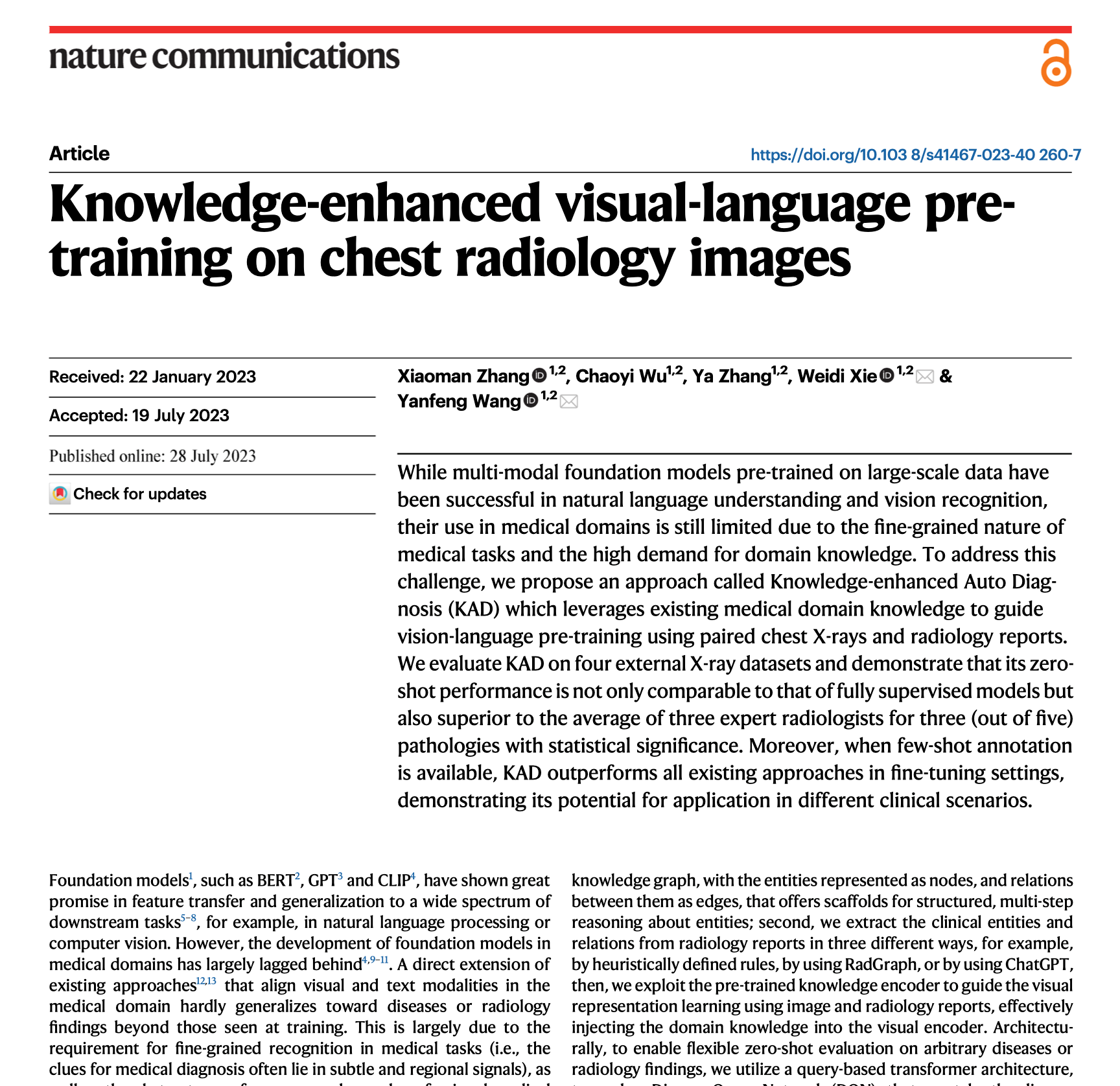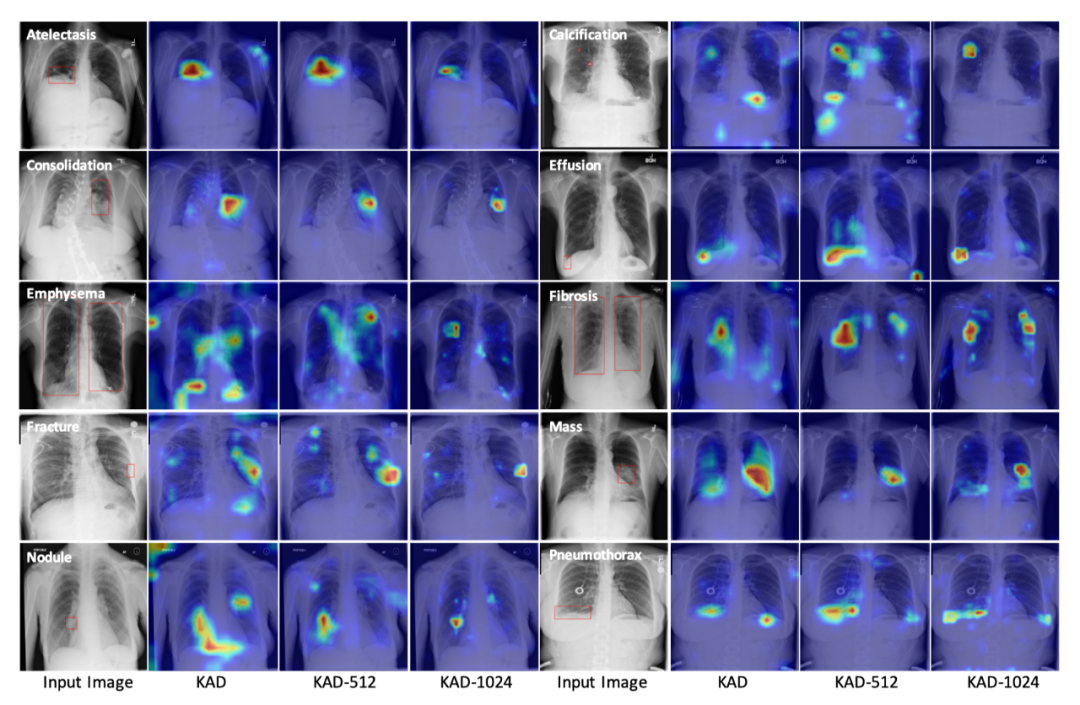- Home
- About Us
- Students
- Academics
-
Faculty
- Electrical Engineering
- Automation
- Computer Science & Engineering
- Electronic Engineering
- Instrument Science and Engineering
- Micro-Nano Electronics
- School of Software
- Academy of Information Technology and Electrical Engineering
- School of Cyber Security
- Electrical and Electronic Experimental Teaching Center
- Center for Advanced Electronic Materials and Devices
- Cooperative Medianet Innovation Center
- Alumni
-
Positions
-
Forum
News
- · Bin Dai's Team Unveils the Assembly Mechanism of β-Lactoglobulin Fibrils, Providing New Insights for the Development of Functional Nanomaterials
- · Mingyi Chen’s research group has made important progress in the field of analog-to-digital converter chips for brain-computer interface
- · Progress in the Development of Semiconductor Nanomaterials to Activate Pyroptosis for Cancer Therapy
- · Jiamiao Yang’s team achieved the high precision optoelectronic reservoir computing based on complex-value encoding
- · Significant Advancements in Resonator-Enhanced Quantum Sensing Achieved by Zenguihua's Team at the School of Sensing Science and Engineering
Professor Yanfeng Wang's group published foundation model on chest radiology images in Nature Communications
On July 19th, the research paper titled “Knowledge-enhanced visual-language pre-training on chest radiology Images” by the joint team from Shanghai Jiao Tong University and Shanghai AI Laboratory has been published in Nature Communications. This study focuses on medical artificial intelligence and proposes the first knowledge-enhanced foundation model for Chest X-ray called KAD (Knowledge-enhanced Auto Diagnosis Model).

Figure1:Knowledge-enhanced Visual-Language Pre-training on Chest Radiology Images
Foundation models have shown great promise in feature transfer and generalization to a wide spectrum of downstream tasks, for example, in natural language processing or computer vision. However, the development of foundation models in medical domains has been largely lagged behind, due to the requirement for fine-grained recognition in medical tasks and the difficulty of learning the complex and professional medical terminologies. Thus, to effectively model the intricate and specialized concepts of medical applications, domain knowledge is indispensable. By integrating medical knowledge into the models, it is expected to improve their performance and applicability in practical healthcare scenarios.

Figure 2:Overview of the KAD workflow
To address this challenge, the team from Shanghai Jiao Tong University and Shanghai AL Laboratory propose an approach called Knowledge-enhanced Auto Diagnosis (KAD) which leverages existing medical domain knowledge to guide vision-language pre-training using paired chest X-rays and radiology reports. It utilizes a text encoder to embed high-quality medical knowledge graphs into a latent space and further employs a visual-language joint training approach to achieve knowledge-enhanced representation learning. KAD enables flexible zero-shot evaluation on arbitrary diseases or radiology findings without requiring additional annotations. This work presents a promising idea for domain knowledge injection in developing foundation models for AI-assisted diagnosis in radiography.

Figure 3:Comparisons of proposed KAD with SOTA models and three board-certified radiologists on five competition pathologies
The specialized nature of the medical field has greatly restricted the practical application of general foundation models in real clinical diagnosis and treatment scenarios. KAD provides a viable solution for knowledge-enhanced pre-training of foundation models. Its training framework only requires imaging-report data and does not rely on manual annotations. In downstream chest X-ray diagnostic tasks, KAD substantially outperforms existing approaches, developed by Stanford, Microsoft, etc, even achieving comparable accuracy to that of professional radiologists without the need for any supervised fine-tuning. It supports open-set disease diagnosis tasks while providing lesion localization in the form of attention maps, thereby enhancing the model's interpretability. It is worth noting that the knowledge-enhanced representation learning approach proposed in this research is not limited to chest X-rays and can be widely applied to different organs and modalities in the medical field, which holds significant importance in promoting the practical application of medical foundational models in clinical settings.

Figure 4: Visualization of zero-shot disease grounding
The first author of the paper is Xiaoman Zhang, a PhD student from the Cooperative Medianet Innovation Center, SEIEE,Shanghai Jiao Tong University. The corresponding authors are Professor Yanfeng Wang and Professor Weidi Xie from the research group. Professor Yanfeng Wang 's team has been engaged in research on artificial intelligence algorithms and their applications in media and medical fields. They have published numerous papers in internationally renowned journals and conferences, such as TPAMI, TIP, CVPR, ICML, etc. Their related research has received funding from National Key R&D Program of China, National Natural Science Foundation of China.
Paper Link:https://rdcu.be/dhWz0
-
Students
-
Faculty/Staff
-
Alumni
-
Vistors
-
Quick Links
